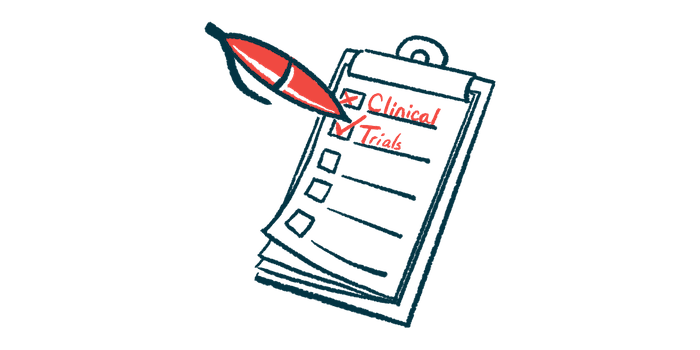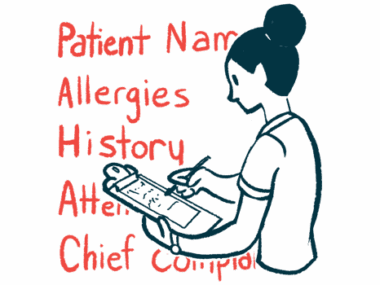Results due soon in Hillhurst’s Phase 1 trial of HBI-002 for SCD
Final healthy volunteer tested in trial of carbon monoxide treatment
Written by |

Hillhurst Biopharmaceuticals announced that the final healthy volunteer has completed the study protocol in a Phase 1 clinical trial testing HBI-002, an oral carbon monoxide treatment being developed for sickle cell disease (SCD).
Data are now being analyzed, and Hillhurst expects to announce top-line results before the end of June.
“With the treatment and follow-up of our final study subject complete, we look forward to reviewing the data and advancing development plans for HBI-002 as an innovative treatment candidate for sickle cell disease,” Edward Gomperts, Hillhurst’s co-founder, chairman, and acting chief medical officer, said in a company press release.
The Phase 1 trial (NCT03926819), conducted at a site in California, was designed to evaluate the safety and pharmacological properties of HBI-002 in about 20 healthy volunteers. Some participants were given a single dose of the therapy, while others received multiple doses of HBI-002 — a liquid formulation taken by mouth.
Hillhurst eager to progress to later stage clinical trials
SCD is caused by mutations in a gene needed to produce a subunit of hemoglobin — the protein that red blood cells use to carry oxygen through the bloodstream. These mutations result in the production of an abnormal version of hemoglobin that forms clumps inside red blood cells, deforming them into the sickle-like shape that gives the disease its name. These sickled red blood cells can stick to blood vessel walls and block blood flow, leading to painful episodes known as vaso-occlusive crises (VOCs).
Carbon monoxide is best known as an odorless, colorless gas produced when fuel is burned. This gas can bind to hemoglobin and, when present in high levels, prevent it from binding to oxygen. This is the reason why carbon monoxide can be toxic and disrupt oxygen transport through the body.
However, at lower doses, carbon monoxide can actually increase hemoglobin’s ability to bind to oxygen. In the context of SCD, this could help prevent hemoglobin clumping and sickling, thereby reducing the risk of complications like VOCs. Low doses of carbon monoxide also may help reduce inflammation.
According to Hillhurst, prior clinical research has indicated that low-dose carbon monoxide may be beneficial for SCD patients. However, it hasn’t been feasible to administer carbon monoxide gas to patients in a reliable and safe manner.
HBI-002 is a liquid formulation of carbon monoxide that can be taken by mouth, allowing for a more reliable administration. It was created using Hillhust’s GLASS platform, which aims to create oral versions of therapies that are traditionally delivered as a gas.
We are anxious to progress to later stage clinical trials to assess the potential of HBI-002 to improve the treatment of SCD.
The experimental carbon monoxide treatment is the company’s lead product, and is being developed for expected use in a home setting for people with SCD.
“We are anxious to progress to later stage clinical trials to assess the potential of HBI-002 to improve the treatment of SCD,” Gomperts said.






